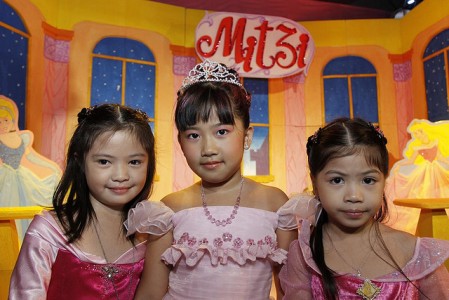
I titled this Part 1 because I am sure I’ll have to revisit this topic in the future. Scarlett is only 1 and she barely cares for television, much less Disney animated films. However, if you don’t think about the future, it has a way of surprising you and finding you unprepared. Of course, as a kid, I loved the Disney cartoons. It was only in the last ten years or so that I came across any articles critical of Disney and how it might be corrupting our daughters. There’s always going to be some degree of hate towards the creators of mass media because we are powerless against them. They’re able to use emotions and psychology to affect us (or those around us) and bypass our rational thinking. Try telling some kid back in the late 90s he can’t have a Power Rangers toy because it promotes violence. He doesn’t know or care about that. He just wants to have one of the rainbow of action figures to play with his friends. Mass media is everywhere and the only way to keep it from affecting your kids is to lock them in the basement – they’ll see it on TV, movies, radio or from friends, teachers, and family members. And Hinds over at The Atlantic recounts how he was unable to keep his daughters from learning about the princesses, despite his best efforts. Interestingly enough, Hinds doesn’t really dwell much on why he’d want to do this to his daughters – it’s considered to be assumed knowledge – of COURSE people want to keep their kids away from Disney Princess Culture. But why?
I think the most common objection has do to with the princess passivity, but let me first turn to a new argument. Over at Make It Better, an interview with Peggy Orenstein, author of Cinderella at my Daughter, says that:
MIB: You write that Disney’s decision to heavily market princesses has brought them more than $4 billion in sales. Little girls obviously love it, so what’s the harm?
PO: It’s part of this culture that encourages girls to define themselves through beauty and play-sexiness—and eventually, real sexiness—and I don’t think that’s the yardstick we want our daughters measuring themselves by.
Now, perhaps this is something I’ll have a different opinion of in my Part 2 when Scarlett is dealing more directly with the princesses, but I don’t really see that. Take a look at this image of a few Disney Princesses:
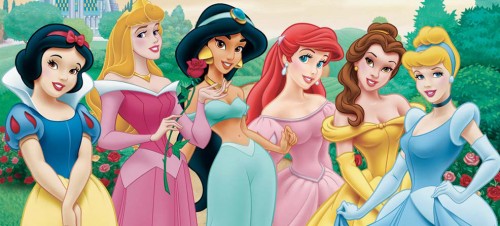
With the exception of Jasmine – none of them are wearing anything that emphasizes sexiness. And I don’t know too many girls (even the most tomboyish ones I know) who don’t enjoy putting on a dress and getting dolled up when the occasion calls for it. (I think both of the sexes do truly enjoy looking their best at fancy functions like weddings, for example) Although, I could counter with the following:
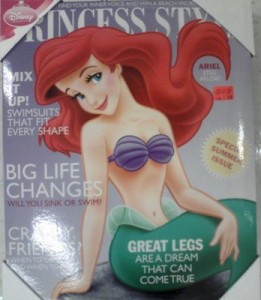
My sister, Elizabeth, who is 20 years younger than me (long story), has this up in her room. I’ll be getting back to Lizzie later, but it was this faux magazine cover that originally inspired me to start thinking about this topic and this blog post. Specifically it is the Legs teaser that really got to me. I understood what the creator was going for – it’s a great pun on the story of The Little Mermaid as told by Disney. (Ignoring how much it differs from the original) It also works because it’s probably a teaser you’d see on Cosmo or Seventeen. But that’s what bugged me a bit. Like it was sending some kind of subconscious message to get girls thinking about their legs. It’s hard to say because except for the most blatant sexist or racist behavior, everything else can be seen as finding sexism where it isn’t really. (See my comment about how Lois Lane was drawn on the cover of Superman: Birthright for an example where I was on the other side of the argument – it’s about 3/4 of the way into the article) So it could be one of those things where we’re both right. If Scarlett’s main exposure is through the movies, then there isn’t really a huge focus on sex and beauty, but the commercial side of things might be a different story.
Really, the main complaints have to do with Disney Princesses supposedly teaching passivity and other bad feminine qualities:
The opposition between Cinderella and her two stepsisters is clear. While Cinderella is kind, patient, and sweet, her stepsisters are cruel and selfish. What is presented through these female characters, Cinderella being the central character, is a conflict between what personal traits are associated with physical traits. Although Cinderella is dressed in rags she is the more beautiful female and her sisters are stout and unattractive. These representations are then capable of teaching young girls what characteristics they should associate with specific physical attributes. Marcia R. Lieberman argues, “If a child identifies with the beauty, she may learn to be suspicious of ugly girls, who are portrayed as cruel, sly, and unscrupulous in these stories; if she identifies with the plain girls, she may learn to be suspicious and jealous of pretty girls, beauty being a gift of fate, not something that can be attained” (385). (from: Heroine Passivity)
and
Through the transformation Ursula is able to grant, Ariel becomes like other Disney princesses, in which being a passive and beautiful female is the proper way to be. When Ariel tells Ursula that without her voice she will not be able to communicate with Eric, Ursula says, “You’ll have your looks! Your pretty face! And don’t underestimate the importance of body language! Ha!” Ursula’s response emphasizes the suggestion that a woman’s voice, her ability to express and share her own opinions and decisions, hardly matters since men care most about how attractive and sexy a woman is. The power beauty has in this and other Disney princess movies problematizes the type of acculturation young girls face. (from: It’s a Man’s World)
I’d like to directly respond to both of these before presenting my rebuttal of the stance as a whole. I am not a psychologist or anything, but I find the Cinderella analysis to be insanely complicated. I saw it as a child and see it as an adult as a type of fairy tale karma. Children seek out fairy tales as a form of escapism (especially the sanitized Disney versions). In the real world there can be beautiful, mean people whose cruelty goes unpunished in this lifetime. The most we can hope for is a punishment in the afterlife (which I think is part of what humanity finds so attractive about modern religion). Another example: I got picked on a lot as a kid because I was a skinny, nerdy kid. I’m still not great at any sports, but I wasn’t even good at any sports until around Middle School age. But I was always told by the adults that some people are smart and some are strong and I should appreciate what I was given. But in reality there are people who are both athletic and intelligent. So I just see Cinderella and her step-sisters are visual kid karma. Cinderella may be mistreated by everyone (including the cat!), but at least she has her looks. Also, it can be seen a visual pun on the phrase, “acting badly makes you seem ugly”.
As for The Little Mermaid, the person who has analyzed what Ursula has said is taking the words completely out of context. We know (and kids know) that Ursula is the bad guy. We know that bad guys are dishonest and what they say is not to be trusted. I think even the youngest child who can appreciate and understand that line can understand that it’s bad advice and would probably understand it’s the opposite of how they should act. In fact, any kid who’s actually paying attention to Disney’s The Little Mermaid realizes the incredible mistake Ariel has made. It is her voice that attracts Eric’s attention. Without her voice she’s at a distinct advantage and her body itself doesn’t work. It’s only due to Sebastian creating the mood that he starts to fall for her as anything more than a curiosity. And as soon as Ursula shows up with Ariel’s voice, Eric drops Ariel like a hot potato.
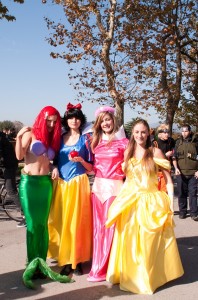
And I think my biggest critique against the passivity argument is that it seems to ignore the latest of the princesses. They’re talking about Scarlett’s grandmother’s or great-grandmother’s princesses. Starting with my generation is Ariel. But I feel that in Disney’s The Little Mermaid she’s neither passive nor aggressive. She is a love-stricken child. She is Juliet and acts rashly. It’s more a story of teenage rebellion and first love than anything else. Belle from Beauty and the Beast is the exact opposite of passive. It’s a great update to the original story as I remember that one having the father send her. Instead, Belle sacrifices her life and freedom to save her father. She loves to read and dismisses the man all the other women in town are fawning over. She is not cowardly in front of The Beast. Despite his scary nature and temper she talks back to him. She actively runs away. Sure, she has to be saved from wolves – but that’s more of a consequence of the castle being in the middle of the wilderness. Also, she does a pretty awesome job fighting them off before their superior numbers threaten her life. When she goes to see her father, she confronts the entire town to save him. She’s ultimately unsuccessful, but she wasn’t afraid and is actively trying to find a way out when Chip saves them.
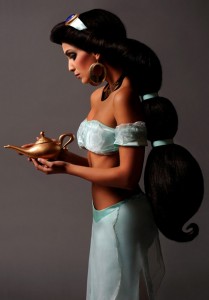
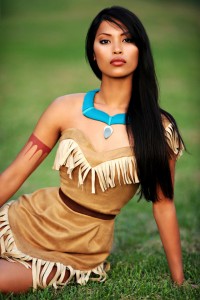
In Aladdin, Princess Jasmine is opposed to the idea of an arranged marriage. She confronts her father AND Jafar. She goes off to have an adventure on her own and only has to be saved by Aladdin because of her naive nature – the very thing she protested to her father before running away. When Ali and Jafar squabble over her she confronts all of them and shames them all. In fact, look at the two protagonists in that scene – they both look full of shame. She literally tells Ali to go jump off a balcony. And she only ends up captured by Jafar because of Aladdin’s dumb choices. She’s actively fighting back and participates in the deception that leads to Jafar’s defeat. Simba’s mother doesn’t do that well at first – sticking with Scar. But she does walk with pride and does threaten to lead a mutiny. Pocahontas, while wildly inaccurate, is definitely not a passive girl. She’s basically Jasmine in The New World. She’s off on adventure, stopping entire wars. She’s never even held hostage.
As far as I know, the females of The Hunchback of Notre Dame and Hercules are not part of the princess line. Mulan is the next princess and one of the first non-white. (Persian is not a race and Jasmine’s essentially white anyway) And she is THE poster child for the opposite of the common princess criticism. Mulan talks back to the guy who tries to conscript her father. She cross-dresses to join the army to save her father. She saves her unit. When she is discovered, she still does everything she can to save the emperor – not taking no for an answer. After that, I think the next theatrical release with a princess is Tangled. Again, Rapunzel does not wait for anyone to rescue her. OK, you could make the case that the thief gets her out of the tower, but he is only a catalyst in the chemical sense. She was going to go out on her own anyway, he’s just the guide she needs to keep from getting lost within minutes of leaving the Tower. She’s the least active of the princesses, but she’s certainly not waiting for her prince to save her. The epilogue even mentions that she rejects Flynn’s first few marriage proposals once she finds out she was actually a princess.
While we’re on the topic of Tangled, I did come across a very weird blog post a year or two ago that claims it’s undermining our children’s morals:
This is the first major sermon statement of the story, and from here things spring into action as we’re shown, for the remainder of the film, that chronic rebellion is innocent, healthy fun, and disobedience in pursuit of our heart’s wildest desires actually leads to enlightenment and maturity.
Of course, we could overlook this because, after all, Mother Gothel is really just a wicked captor bent on using Rapunzel for her own ends. But, the fact is that Rapunzel’s actions are carried out in the understanding that this is her mother and it’s really not until the last few minutes of the film that she finds out otherwise. Theirs is the relationship which is modeled throughout the film as mother/daughter. Parents are sinners, just like their children, but one person’s sin doesn’t excuse the sin of another.
We also find out that children’s movies are a great way to ensure a break down of morality in the future. We see this in a number of ways- running away from home with a complete scoundrel, camping out in the woods with said scoundrel, an unbiblical view of love, emotional enticements (e.g. smolder), and also, within the dialogue.8 In the beginning, Flynn steals the tiara of the missing princess(Rapunzel) in order to fulfill a utopian, childhood dream. The tiara bounces around until it comes into Mother Gothel’s possession and as she confronts Rapunzel, the lines read like a teenage romance about losing one’s purity. Mother Gothel tells Rapunzel that the only thing Flynn is after is the tiara and as soon as he gets it, he’ll leave her. Then later, after they’ve ‘fallen in love’, Rapunzel tells Flynn that she has something to give him(the tiara)- she was scared to give it to him before, but she’s not scared anymore. Though we’re talking about a tiara now, we won’t be in a few years as similar lines are heard in teenybopper films. To a great extent, the things that we watch and listen to as children are the most influential in forming our character and worldview, in defining who we’ll become as adults. (From Mangled)
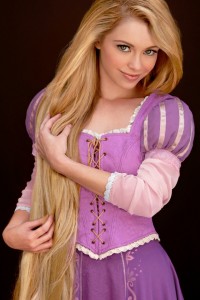
In general, the article comes across as finding fault in the smallest of cracks, but as I said above – whether it’s trivial or not is in the eye of the beholder. I guess I find the first two paragraphs the silliest. First of all, rebellion and disobedience are at the heart of nearly all media directed at kids. I think this is because, as I said above, movies are a form of escape. Children have to behave all day long. In movies like Matilda the adults really are as clueless as kids see them to be and the kids get to rebel and there often aren’t any consequences. Other times, it’s a parable and the child does indeed suffer consequences for his disobedience. In the same way that MOST research shows that violent video games are a healthy way to channel aggression against fake opponents rather than fighting in real life, the children can engage in a world in which they can disobey. It’s why people play table-top games like Dungeons and Dragons in which they can vanquish enemies when their lives might feel impotent. Another great example would be Harry Potter’s disobedience to his evil Uncle and Aunt although the author of Mangled is so religious she’d probably have other issues with the series. But apart from role playing, rebellion is a healthy part of growing up. It’s why we have the terrible twos and the teenage years. Children need to become independent on their paths to adulthood. And that involves testing the limits parents have placed on them. Some kids are like me and do non-consequential things like staying out past curfew to lay on a trampoline with my friends and talk about life while we look at the stars. Others do destructive things like getting involved in drugs. But all children rebel in the path to becoming an adult. Also, the second paragraph almost sounds like it could be an apologist’s view of an abusive relationship and that sits quite wrong with me.
As for the last paragraph, it’s funny in that I agree with her that the Tiara is being used as a sex/virginity metaphor in the scene with her mother. But I don’t see it as cynically as trying to get our daughters ready to be sexually easy. I just see it as a bone thrown to the adults since Disney doesn’t make kids movies – they make family movies. (I saw this movie as an adult, so I’m not being colored by childhood nostalgia)
I’m not the only one that feels the hatred against the Disney Princess is a bit overblown. A paper, of which the abstract only (unfortunately) is available here says:
In spite of all the claims made against the Disney Princesses, through the lens of third-wave feminism one can see that all the Princesses—even the classic, supposedly “most passive” ones—possess admirable qualities for young women of any generation. While the anxieties of commercialism and materialism concerning the merchandise are certain very real and valid, Disney Princess’ strain of princess culture is actually more well-rounded and benign in those regards than certain other branches, such as the Bratz dolls or Club Libby Lu. Finally, talking with young girls who are currently living and experiencing princess culture has revealed that, for the most part, playing princess is just that—playing. They view it as a fun game, and, while they are certainly unconscious of how the Princesses may be serving as role models, they appear to take their cues about femininity and life from more important, stable figures in their lives.
Yup.
I also think people get freaked out because they see this as a never-ending phase:
A new book released in Britain suggests princess culture has taken hold to the point where girls are blurring the line between fiction and real life – demanding to wear their own tiaras and princess dresses daily. ”Unless parents are careful, the dream can become an everyday reality and their daughter can slip into the princess role on a full-time basis,” Sue Palmer, author of 21st Century Girls, told Britain’s Daily Mail.
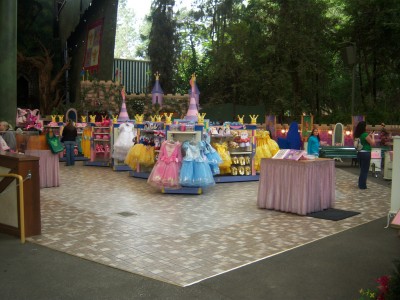
I think they’re just forgetting that this is just childhood behavior. When I was a kid there were Disney Princesses, but the marketing hadn’t started yet. And you know what little girls did? They demanded to wear their tutus everywhere they went. They wore their favorite Halloween costume way into December. Little boys dressed like Batman or with a blanket cape all year long. People just have an unhealthy paranoia about this stuff because it’s Disney. I dated about two dozen girls and women from High School until I met my wife in college. ONE of them thought it would be a good idea to have a Wedding/Honeymoon at Disney. (And it wasn’t my wife) Most people just get over the whole princess thing. And haven’t all girls and women always wanted to be princesses ever since there were princesses? I think it appeals to the fantasy as a child of being able to command others and as an adult of being pampered. (Despite what life was often like for the real-life monarchy)
And, finally, let me present two examples in my life that it can be OK to allow your daughter to be into Disney Princesses. (And, of course, I know that two examples is NOWHERE near a valid scientific sample) Exhibit A: My wife. My wife loves the classic Disney movies we grew up with (and Tangled). It’s thanks to her that we own all of them. She watched them so much as a kid that she knows every word to every song in Cinderella, Sleeping Beauty, and The Little Mermaid. I can think of no one else (outside of emo, goth, and other dark cultures) who is the antithesis of the Disney Princess stereotype. She’s a scientist and participated in the Intel Prize in high school. As I mentioned before, she enjoys the opportunity to dress up for weddings, anniversaries, etc, but her standard attire: t-shirt (or polo) and jeans with sandals or sneakers. No makeup. No fussy hair. She has no problems going out as soon as she gets out of bed. It’s AWESOME! Exhibit B: my little sister Elizabeth. She LOVES The Little Mermaid. She can watch it over and over. She is not into ANYTHING girly. She actively hates it. Eschews dolls and everything girly. Loves playing with the boys and “wrestling” around. So, again, it ain’t the most scientific of studies, but it proves that exposure to Disney Princesses does not irrevocably harm girls. Hinds could have saved himself a huge headache by simply letting his twins experience the princesses. Even if they, as he recounts, currently want to be a princess when they grow up, that’s just a phase. I wanted to be He Man when I grew up. I’m a computer programmer.
So we’ll be letting her experience these things. And I’ll update you on how it goes for the better or the worse.
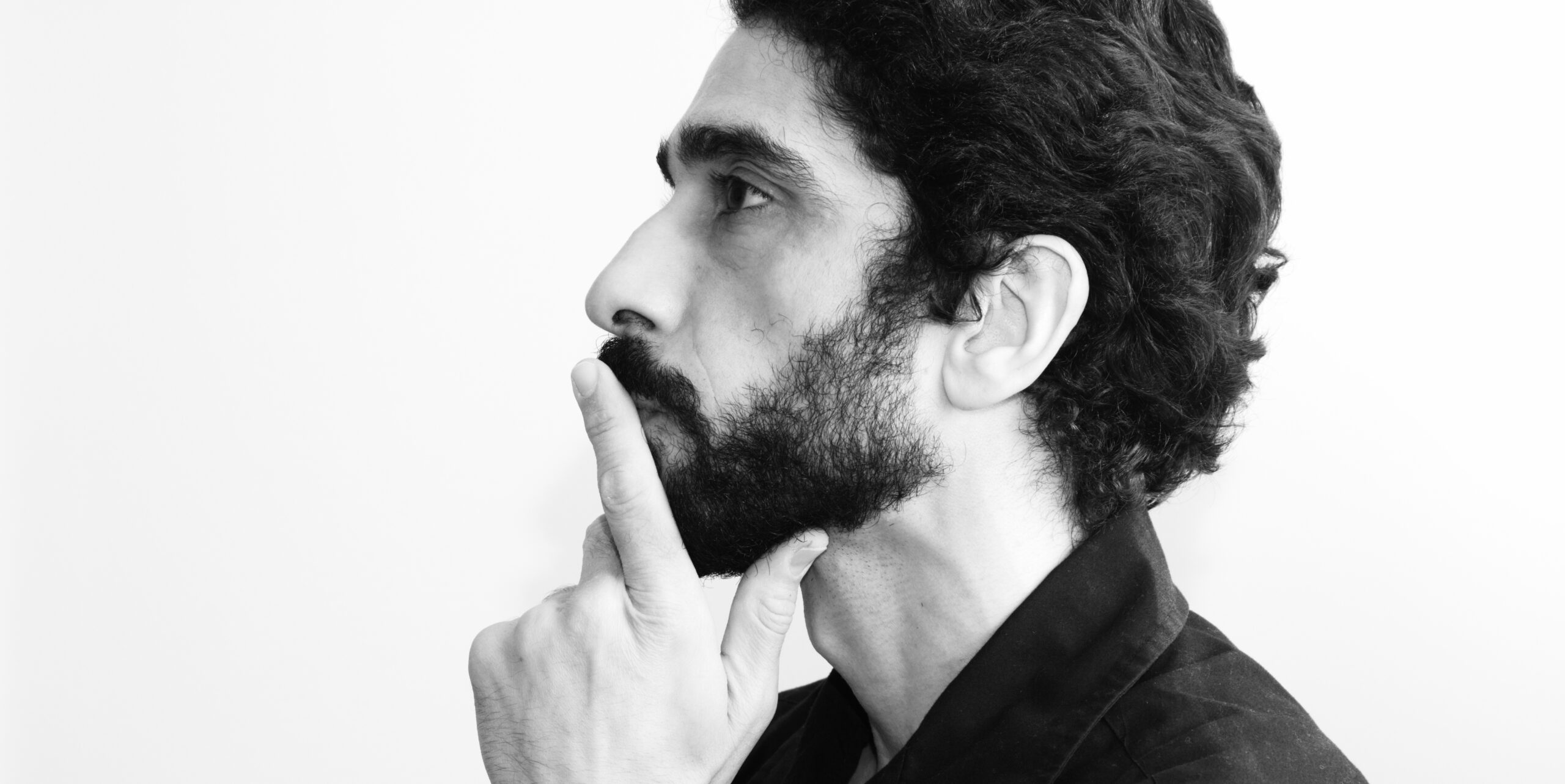
7 responses to “Disney Princess Culture Part 1”
Re: the sexiness argument. I think this stems a lot from just how the princess look (aka like Barbie). And the fact that their looks and prettiness is pretty much the defining characteristics of these girls. And that their prettiness is also very homogenous (aka white). So it sends all these underlying messages “good things happen to pretty people” “ugly people are bad” “pretty = big eyes, big hair, small waist, light skin”. It’s not worse than any other media out there – but think how things might be different if the princesses looked like the people out of Lilo and Stitch (where they actually drew in muffin tops!)
Anyway, I’m not actually against Disney princesses. And you can look at it as at least the females are the main characters and (minus Jasmine) they really are never overshadowed by the prince. Even Sleeping Beauty and Snow White – who most people just remember being unconscious – are actually carrying their own story.
I’d be more concerned about the sexy redesign of a lot of other kiddie images:
http://msmagazine.com/blog/2010/12/07/more-sexy-toy-makeovers-my-little-pony-rainbow-brite-and-candy-land/
http://thesocietypages.org/socimages/2009/03/19/dora-the-explorers-makeover-gwen-and-i-saw-it-comin/
Your links were interesting. Since Scarlett’s not yet playing board games I hadn’t seen the candyland stuff. And pretty much the same with My Little Ponies, etc
Interestingly enough, I don’t really have any issues with the Dora makeover. She’s going from being a little kid to being a pre-Teen. And I feel like calling the redesign sexy is quite a stretch. She’s wearing a dress, but she’s wearing pants underneath it. Her hair is long – but I don’t think that’s inherently sexy. In fact, for a pre-teen she seems pretty modestly dressed.
“I’m 16 yrs old. I’m not a child!”
My favorite scene in that movie since as a kid you sympathize with her and as an adult you see she’s a spoiled brat.
[…] I wrote my second fatherhood post, the one about Disney Princesses, I speculated that perhaps the problem most people had with the Disney Princesses was not the […]
[…] been mulling over the whole Disney Princess thing ever since Scarlett turned 1. See posts here, here, and here. So I was elated to discover JoCo’s song about a princess who doesn’t […]
[…] One Year Ago Today: I discuss Disney Princess culture in anticipation of what will happen with Scarlett. […]